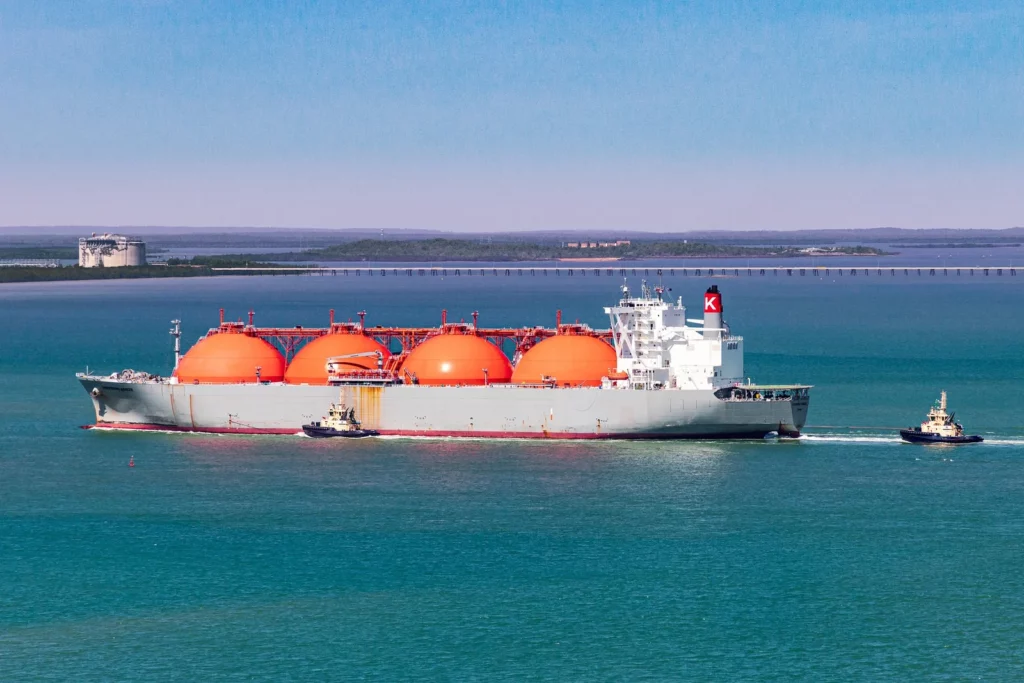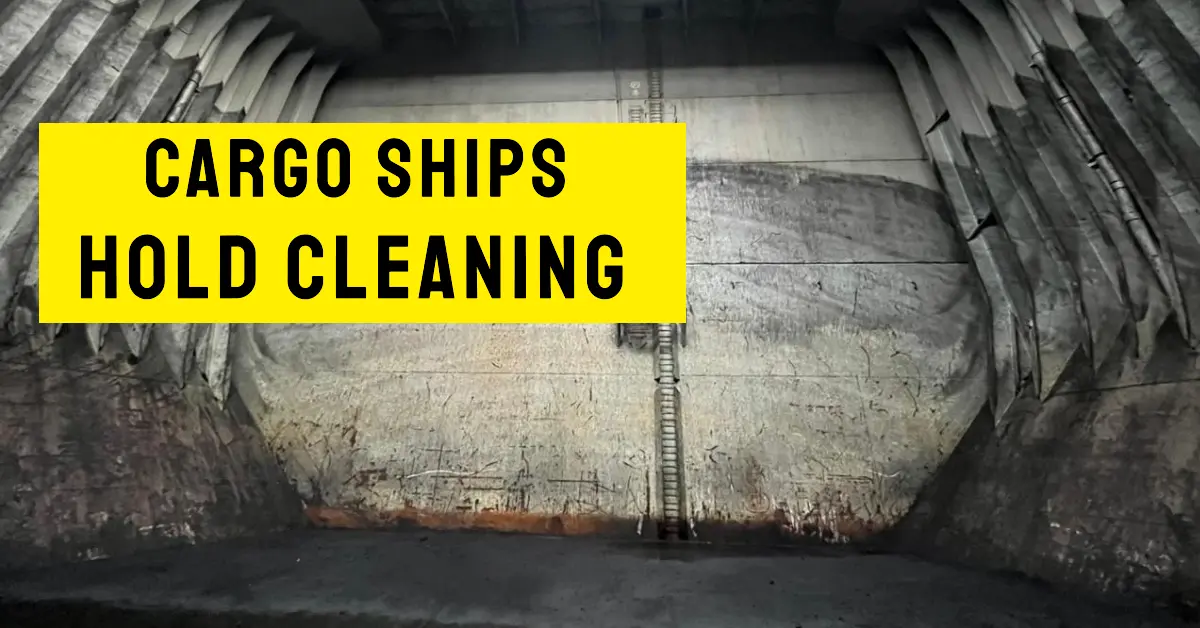Floating Storage and Regasification Units (FSRUs) are an increasingly popular method of storing and regasifying liquefied natural gas (LNG). The units are essentially floating LNG storage tanks equipped with the technology to regasify the LNG and distribute it to local pipelines.
They offer numerous benefits over traditional onshore storage facilities, including increased flexibility, faster deployment, and lower costs. In this article, we’ll explore how FSRUs work and the key benefits they offer.

How Does FSRU Regasification Work
The regasification process begins with the storage of LNG in the FSRU’s storage tanks. These tanks are typically made of stainless steel and are heavily insulated to ensure the LNG remains at its optimal temperature for storage. When the LNG is needed, it is pumped out of the tanks and into the regasification unit.
The regasification unit, also known as the vaporizer, converts the LNG back into its gaseous form by heating it. The regasified gas is then sent to a metering system to measure its volume, pressure, and temperature.
Finally, the regasified gas is sent to the distribution pipelines, where it can be used for various purposes, such as heating, power generation, or industrial processes.
The Regasification Process in Detail
The regasification process is a critical component of FSRUs and requires a sophisticated and well-engineered system to ensure efficient and safe operations. The process begins with the storage of LNG in the FSRU’s storage tanks. These tanks are typically made of stainless steel and are heavily insulated to maintain the LNG at its optimal temperature for storage, which is typically -162°C.
Once the LNG is needed, it is pumped out of the tanks and into the regasification unit, also known as the vaporizer. The vaporizer converts the LNG back into its gaseous form by heating it using a number of methods, including direct or indirect heat exchange.
In direct heat exchange, hot seawater is circulated through heat exchangers to warm the LNG, vaporizing it in the process. In indirect heat exchange, steam or hot water is used to heat the LNG, which then vaporizes. This method is generally preferred for safety reasons, as there is no direct contact between the hot fluid and the LNG.
Once the LNG has been vaporized, the regasified gas is sent to a metering system to measure its volume, pressure, and temperature. The metering system ensures that the regasified gas meets the specifications required for distribution to local pipelines.
Finally, the regasified gas is sent to the distribution pipelines, where it can be used for various purposes, such as heating, power generation, or industrial processes. The entire regasification process is carefully monitored and controlled to ensure safety and efficiency.
It is important to note that the regasification process requires a significant amount of energy, as the LNG must be heated from -162°C to its gaseous form. This energy can be supplied by the FSRU itself, or it can be sourced from the local grid. The choice of energy source will depend on a number of factors, including the cost and availability of energy, as well as environmental considerations.
Improving the Regasification Process
Advances in technology and engineering are continually improving the regasification process. One recent development is the use of floating LNG vaporizers, which offer several advantages over traditional land-based vaporizers.
Floating vaporizers are more flexible, as they can be easily relocated to meet changing demand, and they are faster to deploy, reducing the time required to bring new regasification capacity online.
In addition, floating vaporizers offer improved safety, as they are located away from populated areas and are less vulnerable to natural disasters and other threats. They also offer the potential for lower costs, as they do not require the construction of expensive onshore infrastructure.
Key Benefits of FSRUs
- Increased Flexibility
One of the key benefits of FSRUs is their flexibility. Unlike traditional onshore storage facilities, FSRUs can be located near the point of consumption, reducing the need for long pipelines and transportation costs. They can also be easily relocated to meet changing demand, making them a more flexible option for storage and regasification.
- Faster Deployment
FSRUs can be deployed much faster than traditional onshore storage facilities. This is because they don’t require the construction of new onshore infrastructure and can be deployed within months of being ordered. This makes them an attractive option for companies and governments looking for fast, reliable storage solutions.
- Lower Costs
FSRUs offer lower costs compared to traditional onshore storage facilities. This is due to several factors, including the reduced need for onshore infrastructure, lower transportation costs, and the ability to relocate the unit as needed. Additionally, FSRUs offer more efficient regasification compared to onshore facilities, resulting in lower operating costs.
- Improved Energy Security
FSRUs can play a critical role in improving energy security. By having a floating storage option, countries can diversify their energy sources and reduce their dependence on traditional energy suppliers. This can be particularly important for countries with limited onshore storage options or those looking to reduce their dependence on imported energy.
Conclusion
In conclusion, FSRUs offer a flexible, fast, and cost-effective option for LNG storage and regasification. With their ability to be deployed quickly and easily relocated, FSRUs offer a critical tool for improving energy security and reducing dependence on traditional energy suppliers. As the demand for LNG continues to grow, FSRUs are likely to play an increasingly important role in the global energy market.
- Comprehensive Guide to Hold Cleaning for Cargo Ships: Ensuring Maritime Safety and Efficiency – October 19, 2024
- Responsibilities of a Fourth Engineer on Cargo Ships – September 10, 2024
- The Role of Cargo Ships in Global Trade – August 22, 2024




